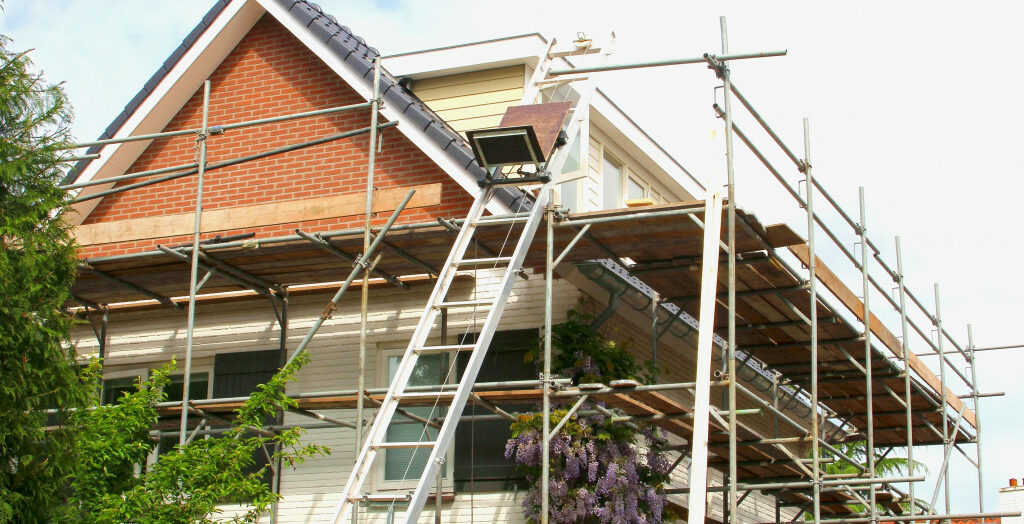Renovation projects are often a major undertaking, especially when it comes to rental properties. It can be easy to focus on the obvious factors like cost and timing, but many lesser-known factors should also be considered. This article will discuss some unconventional aspects of rental property renovations that you may not have thought of before.
Noise Reduction:
When renovating a rental property, it is essential to consider how much noise the project will generate during its completion. Even if the activities are within normal hours, this can still cause disruption for tenants living in nearby units.
Whenever possible, materials should be chosen that will reduce sound levels as much as possible. This includes installing acoustic insulation in walls or using quieter tools where necessary.
In addition, tenants should be aware of the timeframe for renovations so that they can plan accordingly and avoid any unexpected disturbances.
Waste Management:
Renovations generate a lot of waste, and it is crucial to plan the best waste management system to adequately contain all the material involved. Hence, most property investors and contractors rent affordable dumpsters to cope with the waste left.
The size and number of dumpsters needed will depend on the scope and scale of the project. It is recommended to rent a larger-than-necessary bin to ensure that everything fits without having to rent additional containers.
Even if you are using a dumpster, it is vital to consider how to dispose of the waste once construction is complete. Make sure you recycle and reuse any materials that can be used again to reduce your impact on the environment.
Durability:
Since your rental property will likely experience more wear and tear than an owner-occupied residence, it is essential that all materials used for renovations are durable enough to withstand constant usage over time.
For instance, carpets and flooring should be made from materials that won’t fade or stain easily, while walls should be able to withstand wear and tear.
While this does mean investing a bit more initially, it could save you money in the long run by reducing the amount of maintenance needed down the line. Make sure any materials you use are up to code and meet safety standards as well.

Energy Efficiency:
Many renters pay their own utility bills, so ensuring any renovation work addresses energy efficiency is important to keep costs low while maintaining quality standards and comfort levels for tenants.
Start by replacing outdated fixtures with modern ones with energy-efficient features such as LED lighting or motion sensors which can help conserve electricity and water consumption, respectively.
Additionally, installing new windows or doors with higher ratings can also help reduce monthly bills significantly over time and make your property more attractive to potential renters too!
Accessibility:
If your rental property is located in an area with a high percentage of elderly or disabled individuals, then accessibility should be an important factor when planning renovations at your property. In some cases, this could even include making modifications such as adding ramps to entrances or widening doorways for wheelchairs and walkers — all of which would improve the quality of life for those who may need them most!
If you’re considering adding some of these features to your rental property, be sure to check with local regulations first, as they may vary depending on the location of the building. It’s also helpful to hire builders who are experienced in making these kinds of modifications to ensure the job is done right.
It’s also helpful to ask your tenants for feedback about their experience with any modifications you might make. This can give you valuable insights into what works and doesn’t work for those who have to live in your rental property.
Aesthetics:
Lastly, aesthetics should not be forgotten when doing renovation work on a rental property either! A fresh coat of paint here or there can go a long way towards making a place feel bright and inviting – which is often what prospective renters look for when looking for a new home!
Investing in higher quality materials such as hardwood flooring or granite countertops may also attract more upscale tenants willing to pay higher rents and stay longer at your property too!
Hence, take the time to choose a design that is both aesthetically pleasing and practical for your rental property to ensure that it appeals to a wide variety of potential tenants.
Renovation projects involve more than just updating fixtures or changing out old appliances; they require careful consideration from start to finish to ensure success and satisfaction from landlords and tenants alike! By keeping these unconventional things about rental property renovations in mind during your next project, you’ll be able to create the perfect space for both parties involved – all while staying within budget too! So don’t forget these key points before beginning your next big undertaking – they might just save you some time (and money!) down the road!






